

In today's digital age, companies of all sizes are increasingly relying on data to drive their growth and success. To achieve this goal, many companies have adopted a model called AARRR, also known as the "Pirate Metrics" model. The AARRR model is a framework that helps companies analyze and optimize the entire process from user acquisition to user retention. In this article, ProcessOn will introduce the five key indicators of the AARRR model in detail: Acquisition, Activation, Retention, Revenue, and Referral . The templates in this article are all from the ProcessOn template community .
1. Acquisition
In the AARRR model, "acquisition" refers to how to attract users and guide them to your products or services. For any business, user acquisition is the first step to growth. You can acquire users through a variety of channels, including search engine optimization (SEO), social media marketing, content marketing, paid advertising, etc.

A successful acquisition strategy needs to take into account the needs and pain points of users and provide targeted solutions. For example, if you provide a software product, you may need to educate potential users through blog posts, video tutorials, or white papers to help them understand how your product can solve their problems. In this process, you need to monitor the effectiveness of various channels, find out which channels bring the highest quality users, and continuously optimize your acquisition strategy.
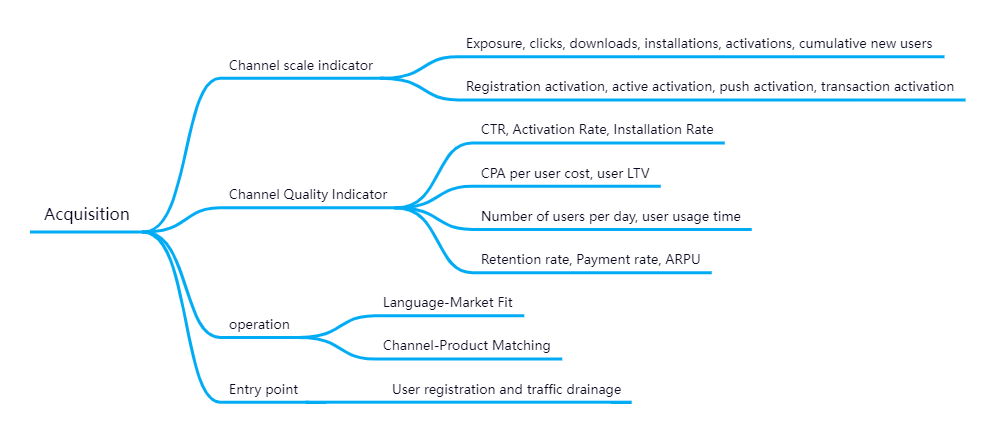
2. Activation
Once users are successfully acquired, you need to ensure that they can use your product or service smoothly. This is called "activation". The key to activation is to give users a positive experience when they first contact you, so that they are likely to continue using your product. This process usually involves user registration, account setting, first-time product use, etc.
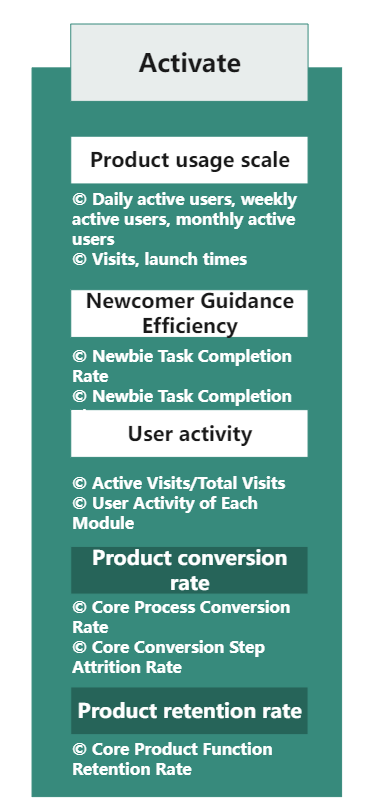
To increase activation rates, you need to design a simple and easy-to-understand user interface and provide clear guidance and help. For example, many SaaS companies offer free trials or short product demos to help users quickly understand the product's features and value. After users experience the core value of the product, they are more likely to become loyal users.
But in practice, activation is not just a technical issue, but also a psychological issue. You need to understand the user's motivation and guide them through the key activation steps through design. If users encounter any resistance or confusion in the process, they are likely to give up, resulting in activation failure.

3. Retention
Retention is a very important part of the AARRR model because the cost of retaining an existing user is usually much lower than the cost of acquiring a new user. The retention rate directly affects the sustainable development of the enterprise. The retention rate refers to the proportion of users who continue to use the product or service after a period of time.
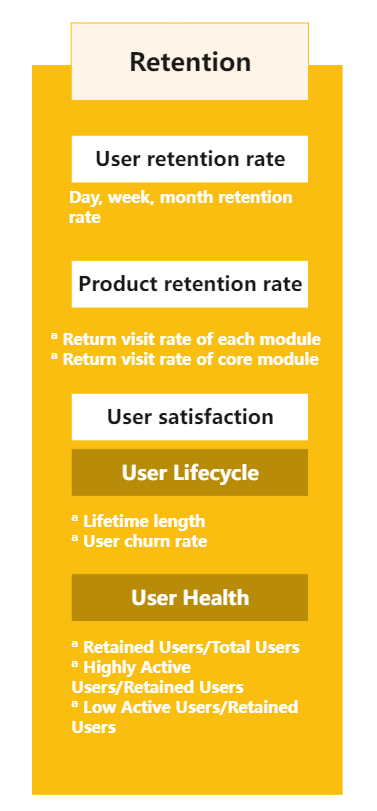
To improve retention, you need to continue to provide valuable content or features to keep users interested and engaged. Users usually stay because they feel that your product or service continues to meet their needs or provides unique value that they can't get elsewhere.
The challenge of retention is that user needs and expectations may change over time. Therefore, companies must always pay attention to user feedback and regularly update their products or services to ensure that they always meet user expectations. By providing excellent customer support, continuous education and guidance, and meaningful product updates, you can effectively improve retention.
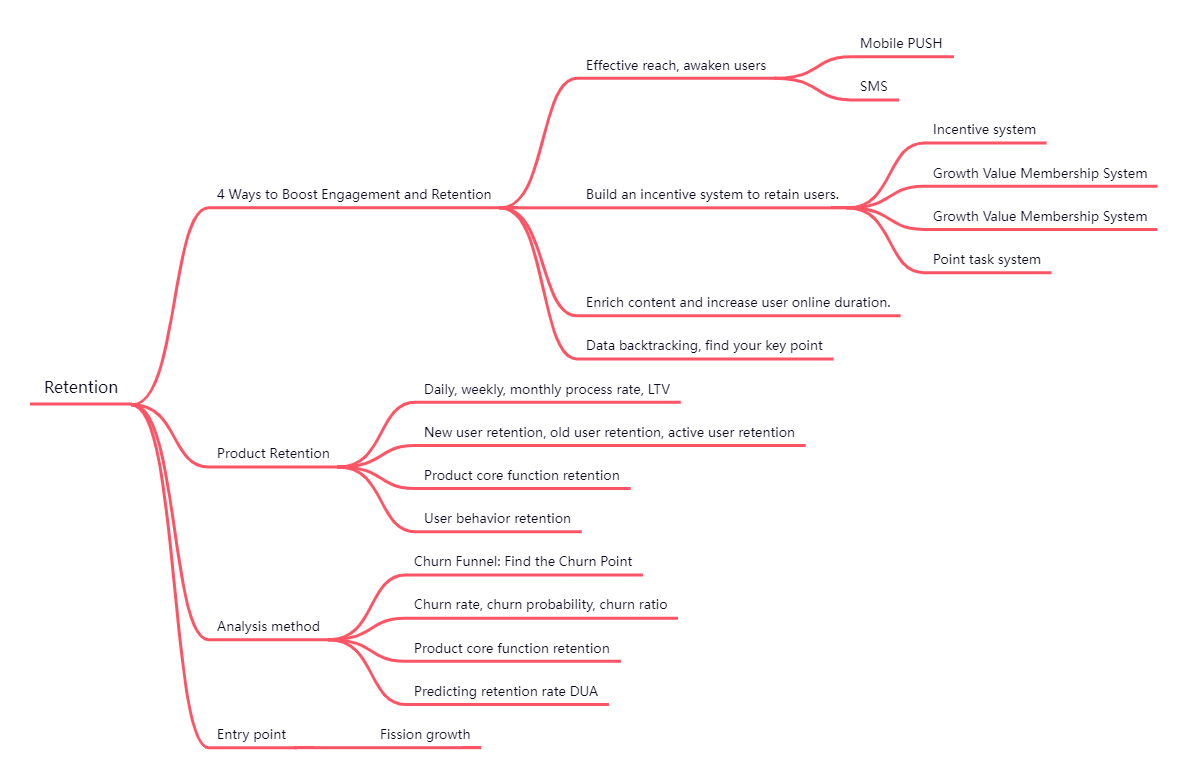
Retention: Improve retention rate
4. Revenue
Revenue is the core of a company's survival and development, and is an indispensable part of the AARRR model. At this stage, the company needs to convert user interest and participation into actual revenue. The sources of revenue may include direct sales of products, subscription services, advertising revenue, etc.

To maximize revenue, companies need to develop a reasonable pricing strategy and ensure that users feel they are getting value for money during the purchase process. In addition, companies can also increase the lifetime value (LTV) of each user through cross-selling and up-selling.
It is important to note that revenue is not just a financial issue, it also involves the long-term value of the brand. Whether users are willing to pay for your product or service depends on their trust in and perceived value of the brand. Therefore, while increasing revenue, companies also need to focus on brand building and user experience.

5. Referral
Referral is the last link in the AARRR model and it is also a link that can bring exponential growth. When users are satisfied with your product or service, they are likely to recommend it to their friends, family or colleagues. This word-of-mouth effect can help you acquire more new users while reducing acquisition costs.
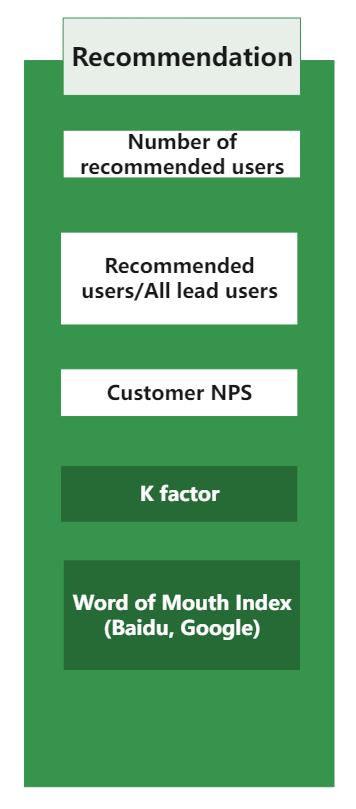
In order to motivate users to make recommendations, companies usually adopt referral reward programs, such as providing some rewards or discounts to both the referrer and the referee. In this way, you can encourage existing users to actively spread your brand.
However, recommendation is not just about setting up a reward mechanism, but also about ensuring that users have a good enough experience when using the product or service. After all, users will only actively recommend a product or service if they are highly satisfied with it. Therefore, companies need to continue to pay attention to user satisfaction and use various methods to increase their willingness to recommend.
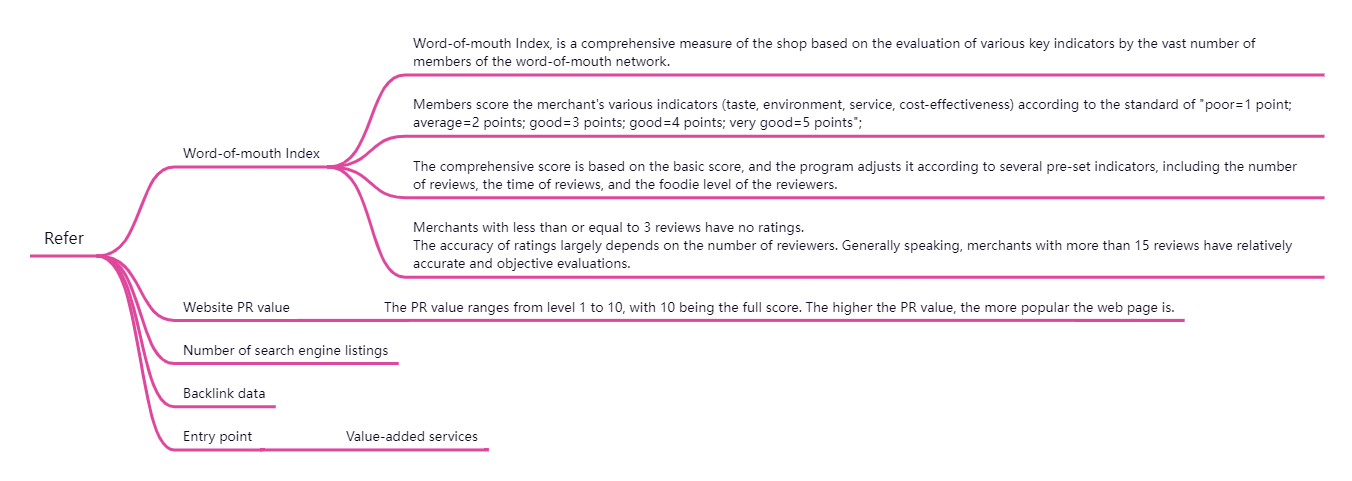
The AARRR model is a powerful tool that can help companies systematically analyze and optimize each stage of the user life cycle. By focusing on the five key indicators of acquisition, activation, retention, revenue, and recommendation, companies can achieve faster growth and higher user satisfaction. However, a successful AARRR strategy not only relies on data analysis, but also requires a deep understanding of user needs and continuous improvement.
When using the AARRR model, companies need to make personalized adjustments based on their industry characteristics and user characteristics, and continuously optimize the strategies at each stage. In this way, you can ensure that every touchpoint maximizes the value brought to the company and achieve long-term success.
The above AARRR related templates are all from the ProcessOn template community . If you want to view more related content, you can visit the ProcessOn official website.